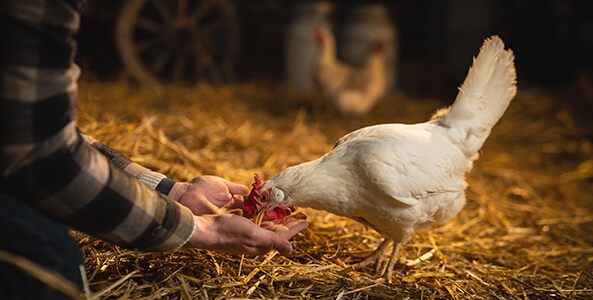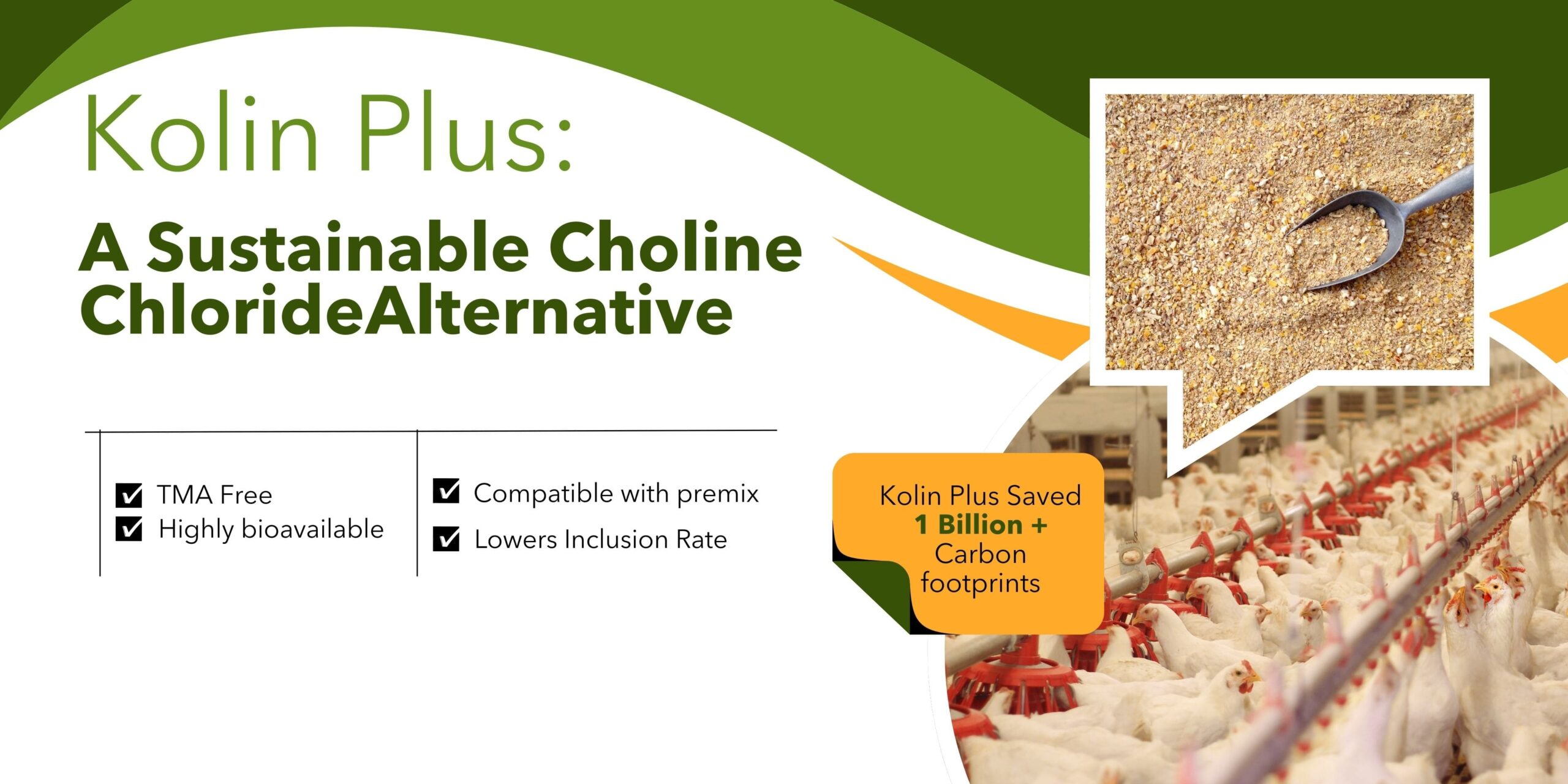Now that you have read enough about how to protect and handle chickens lets read about how to manage your poultry farm in the monsoons.
Poultry farmers are always keen to maintain their productivity levels during the monsoon and winter seasons. A poultry farmer or breeder generally faces immense challenges from all quarters known and unknown. Even the chickens must adapt to the changing seasons to survive. Farmers and owners generally see a drop in egg production, rampant diseases, high cost of production, low utilisation of feed. Here are some tips for how one can take care of the farm during monsoons.
Change in the feeding habit
As cool weather sets in, chickens tend to change their feeding habits as they perform fewer activities and huddle together to generate heat within their bodies to keep themselves warm. It is essential to provide chicken with high energy poultry feed. To ensure its energy requirement are met for chicken tend to eat more feed during the monsoon and winter seasons to perform its basic metabolic activities.
Prevalence of Diseases
Along with rains in the monsoons, there is the transmission of pathogens. Common diseases include respiratory distress, stained or coloured waste, diarrhoea, nervousness, loss of appetite, ruffled feathers, enlarged prostrate and swollen face.
As a farmer, always keep the shed dry, do not serve caked feed, and provide antibiotics to boost their immune system.
Mud-Balls on chicken feet
Mud balls on a chicken feet is a common disease found during rainy seasons. When a chicken walks on wet floors they scratch the feet allowing the soil and manure to stick to the chicken’s claws.
If the amount of mud tends to grow bigger, it can affect the walking posture of the chicken leading to broken toes. As a solution, the poultry floor must be kept clean and dry with sufficient bedding materials. Regular cleaning of dropping and changing bedding materials can diminish the spread of diseases.
Chicken Moulting
Chickens shed their old feathers for new ones to grow. The phenomenon usually takes place during shorter days and cooler temperatures. However, laying chicken stop laying during moulting and utillse s this period to build a nutrient reserve. It is necessary to provide the chickens with a high-quality diet even though they are not laying.
Conclusion
Poultry farmers must follow adequate hygienic measures to curb the outbreak of any harmful poultry disease. The farmers need to understand the dynamics of poultry in the rainy season to maintain a higher yield.








.png)












.png)

.png)





